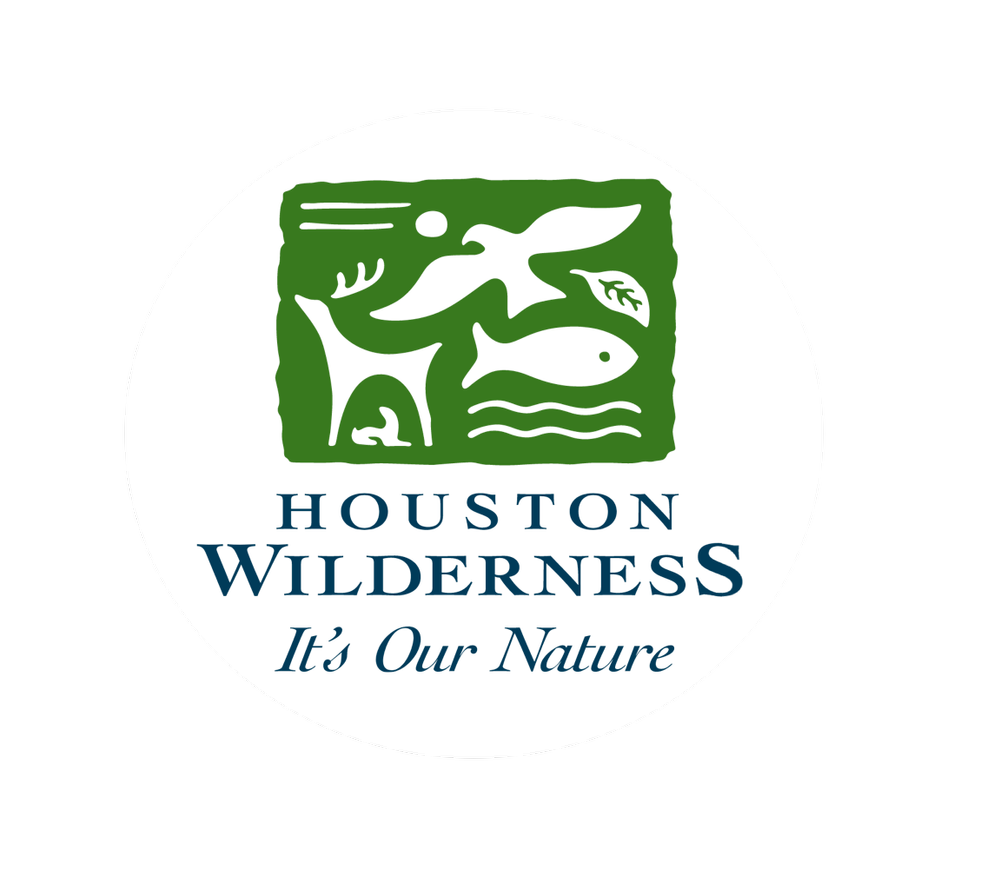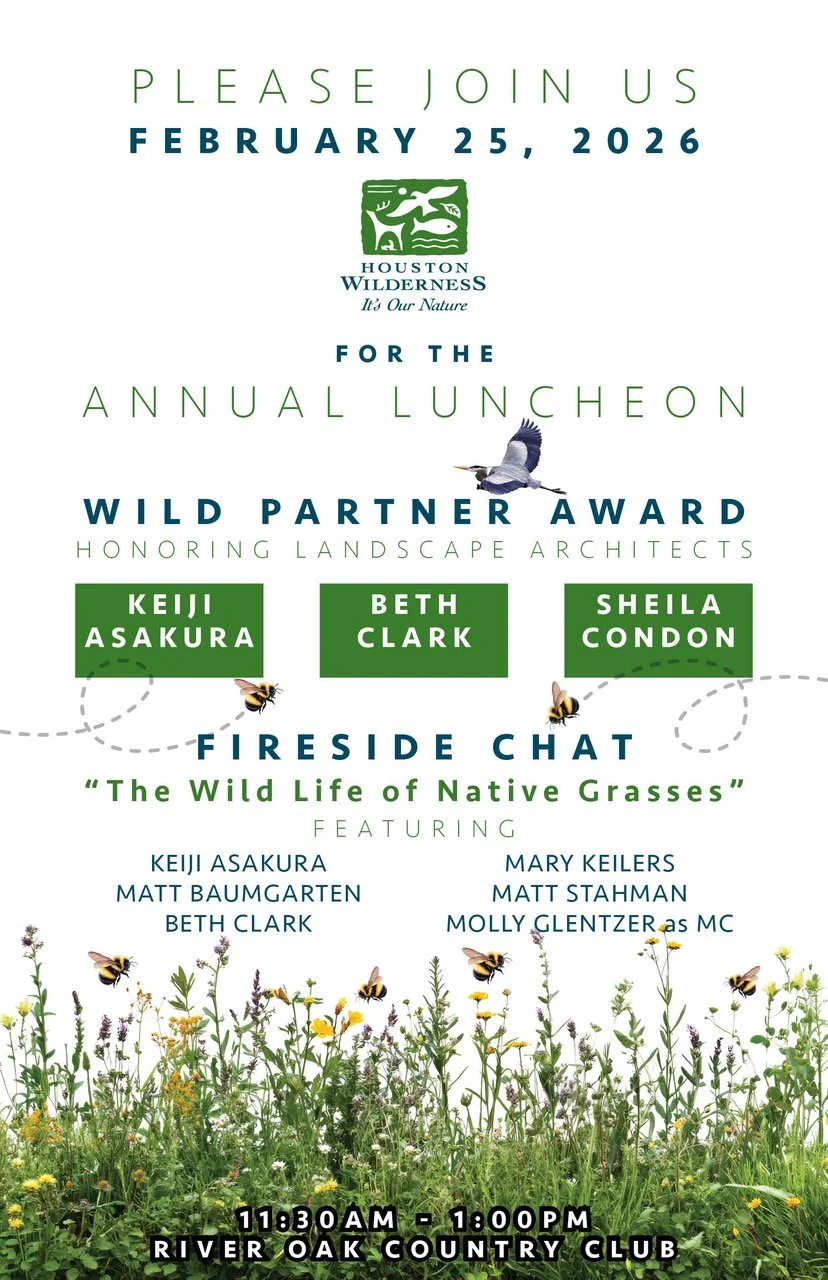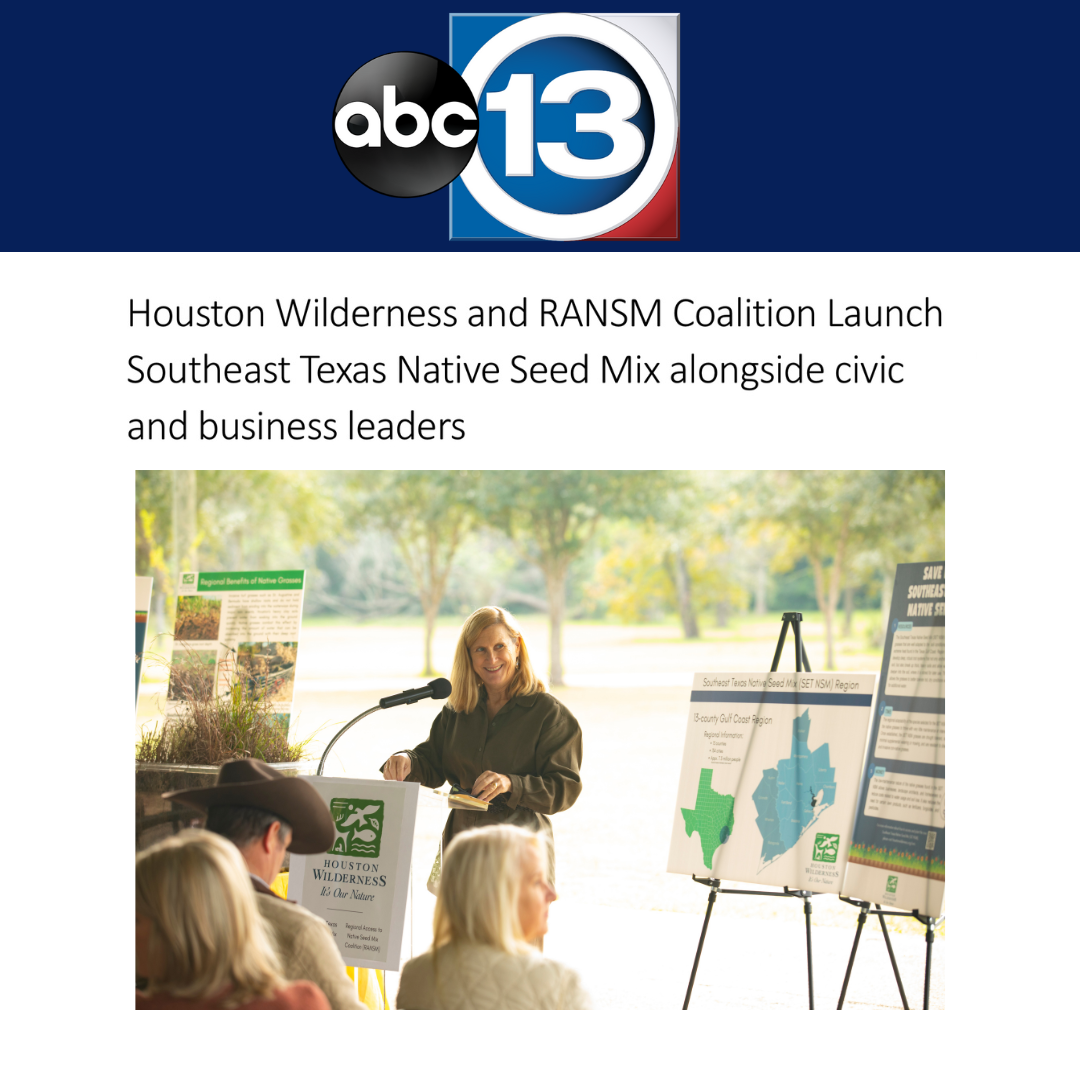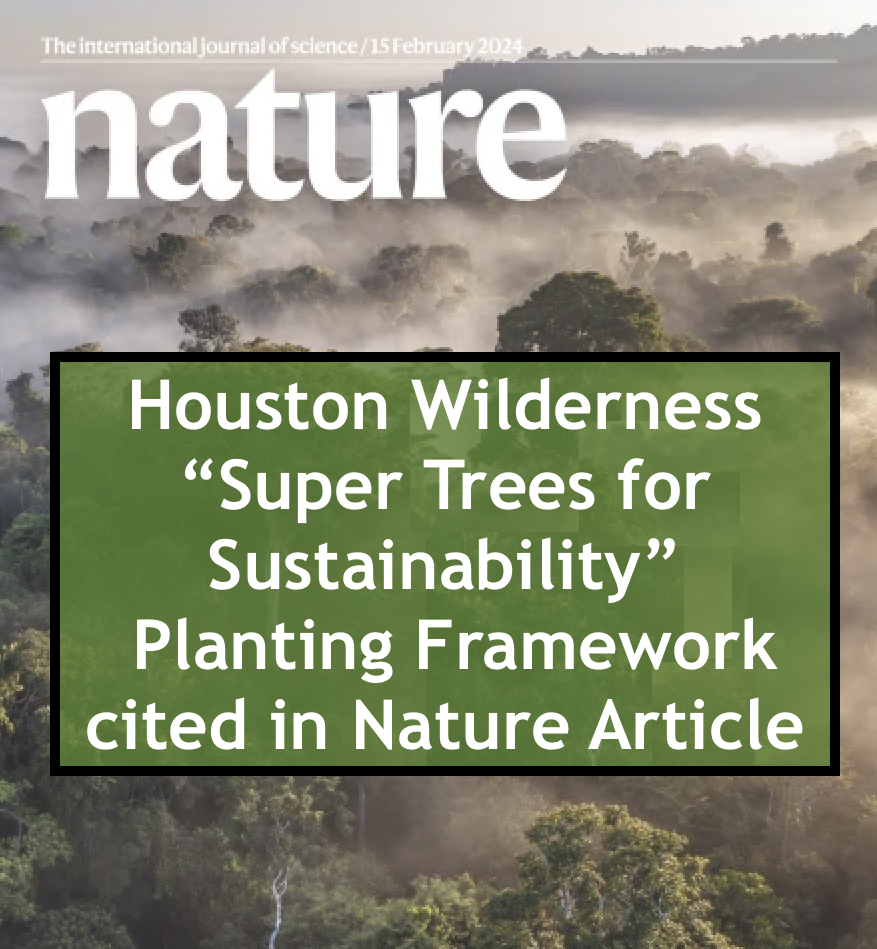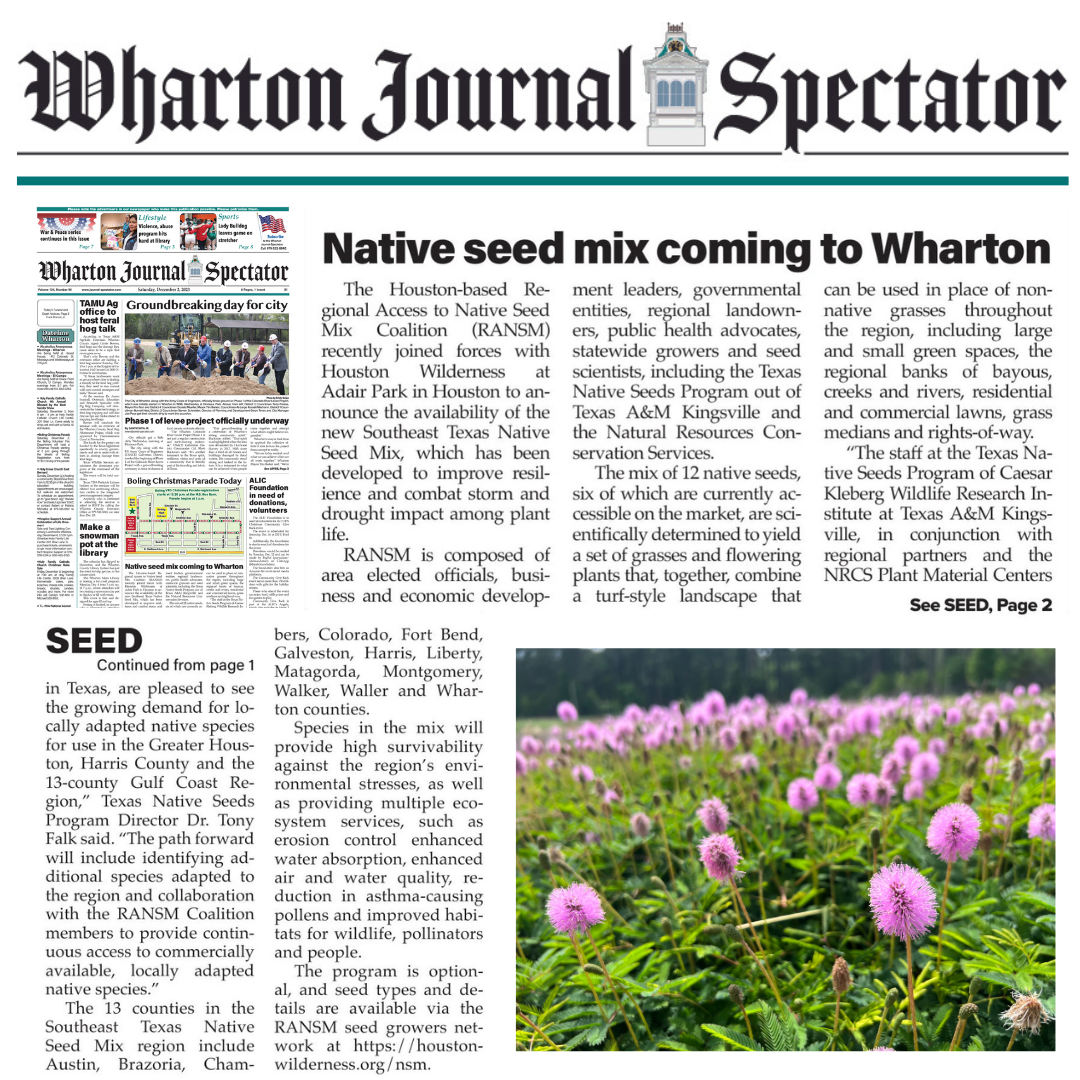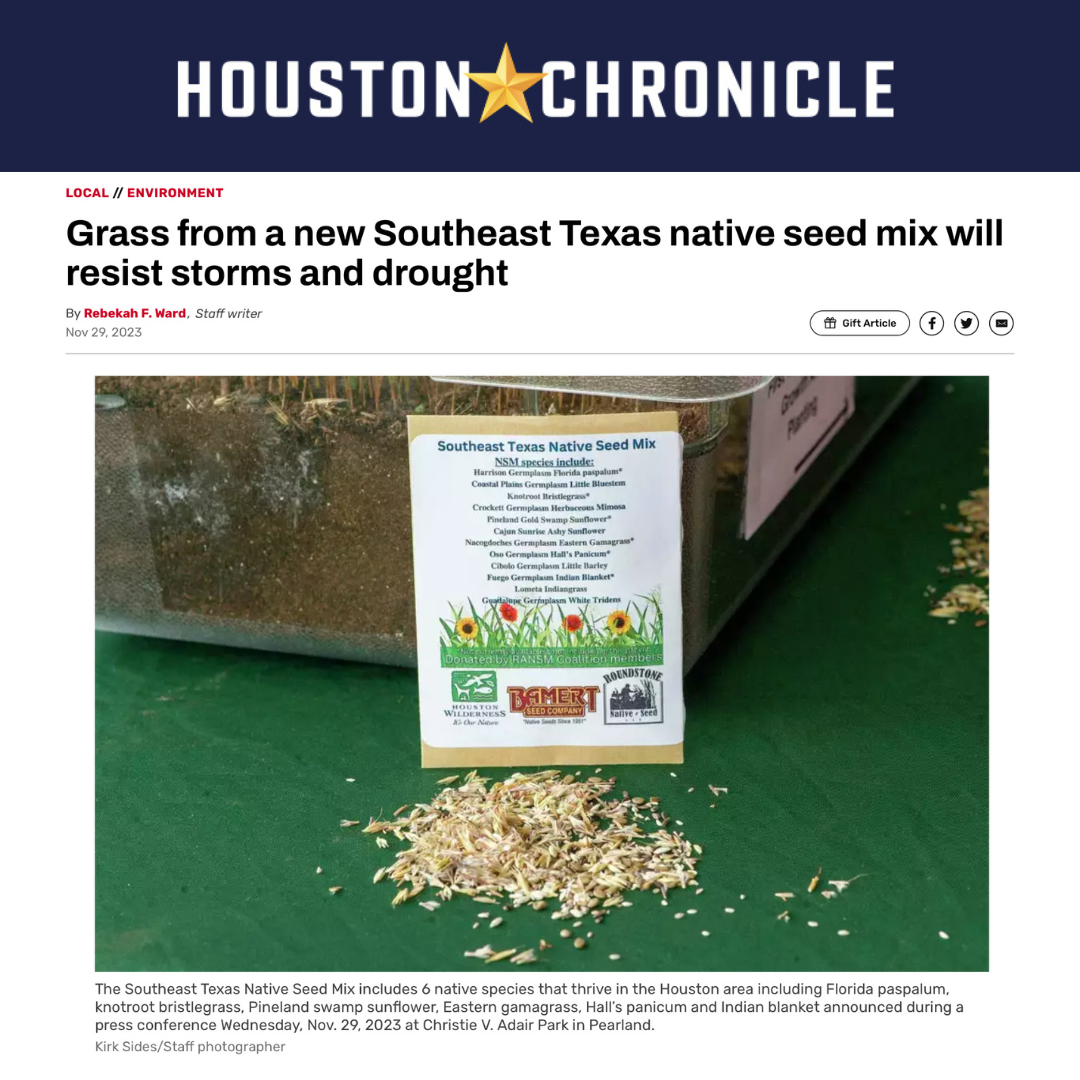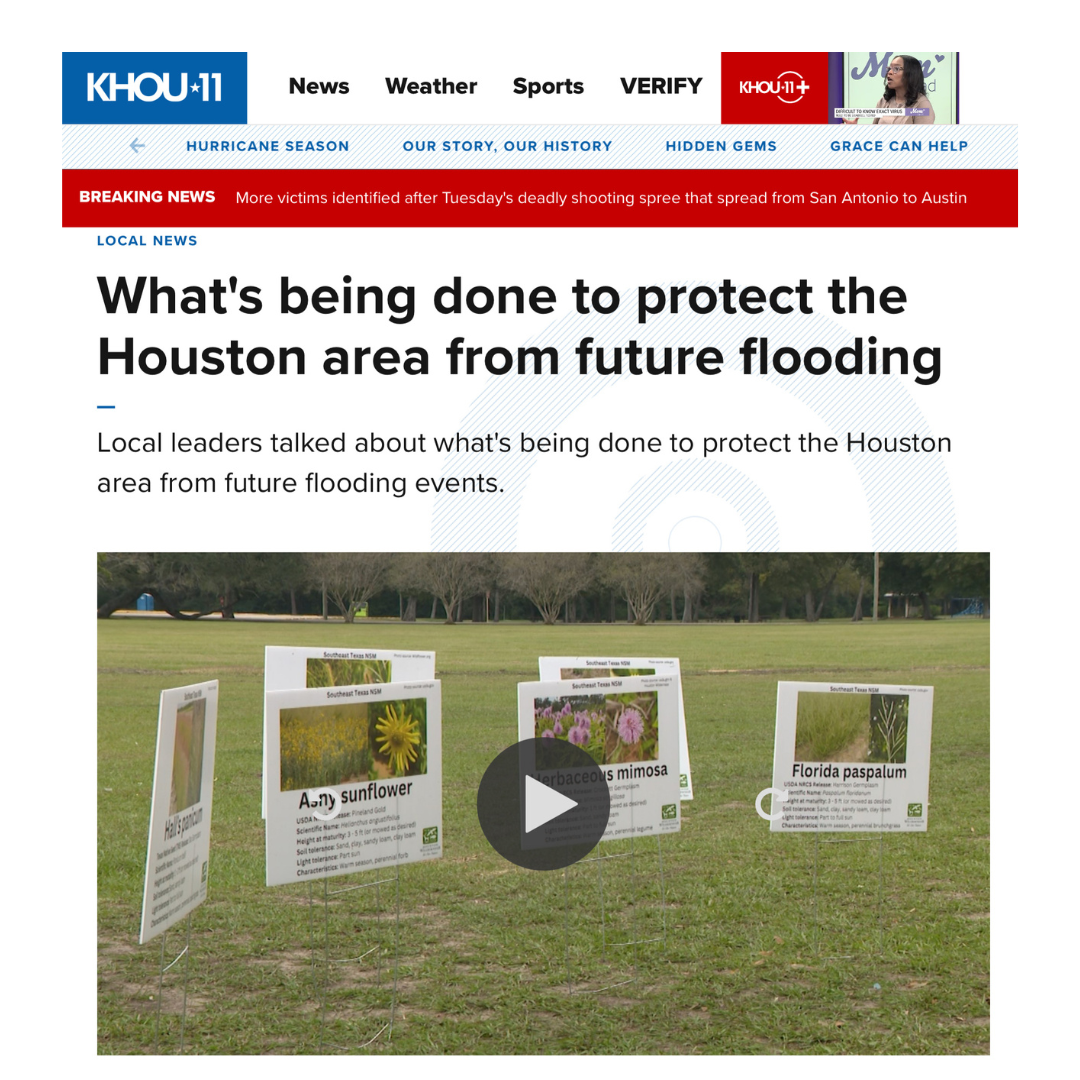POST OAK SAVANNAH
ABOUT THE POST OAK SAVANNAH
The Post Oak Savannah is a transition zone between the Blackland Prairies to the west and the Piney Woods to the east. This ecosystem is part of a historic oak belt, which travels south from Canada toward Central America. Few true examples of old-growth Post Oak Savannah in Texas still exist today. The Post Oak Savannah is dominated by native bunch grasses and forbs with scattered Post Oaks and some Plateau Live Oak, Black Hickory, and Blackjack Oak. In recent times this historical vegetation has been replaced by species such as Yaupon Holly, Cedar Elm, Sugarberry, and Eastern Red Cedar. Upland areas are typically where bunch grasses are concentrated.
Recurrent fires and large herds of buffalo were major forces that molded this eco-region. These fires were typically very large and continued unabashed until stopped by a change in topography or weather. They stimulated growth of the grasses and forbs, suppressed invading woody plants and ultimately contributed to the wellbeing of the grasslands.
On the Post Oak Savannah landscape, if fire is absent, so is the Post Oak. The frequent burning of the grasses means lighter fuels, hence cooler fires. Unlike many of its rivals, the slow growing Post Oak is moderately resistant to fire. Intolerant of shade or competition, the oak persists and ultimately creates small, pure stands surrounded by vast grasslands found on the Post Oak Savannah landscape.
Birders search for nesting Pileated Woodpeckers, as well as many other species such as Barred Owls, Warblers, Yellow-Billed Cuckoos, White-Eyed Vireos, Mississippi Kites and Northern Parulas. Visitors are likely to see White-Tailed Deer, Raccoons, Opossums, Armadillos, Rabbits and Squirrels. Other creatures here tend to be more elusive, such as the Bobcat.
If you like creepy crawlies, look very closely and you might see a variety of reptiles, amphibians and insects. Fireflies put on a show in May and June, just as it is getting dark. Take a short walk on one of the Stephen F. Austin State Park’s trails to see them flitting among the trees or watch for them from your campsites.
Visitors can bike, bird-watch, camp, hike, fish and more in the ecoregion.
To read more about Post Oak Savannah, download our atlas!
Other Reference:
- Texas Invasives (link: https://www.texasinvasives.org/i101/ecoalert_detail.php?ecoregion_id=3)
POST OAK SAVANNAH SITES
Download Houston Wilderness' List of Ecoregion Sites for information on sites in all 10 ecoregions.
TOP 10 FACTS ABOUT...
THE POST OAK SAVANNAH
1) White-tailed deer, wild turkeys and squirrels enjoy the protein-rich acorns produced by the Long-Living Post Oak Tree, a slow-growing species that thrives in sandy, rocky, well-drained soils.
2) The soil orders of the Post Oak Savannah are alfisols and vertisols.
3) Many of the roadside flowers were sown by the Texas Department of Transportation, which has beautified some 800,000 acres across the state in this manner.
4) One of the best places to see Texas wildflowers is in the Post Oak Savannah.
5) At least 5,000 species of wildflowers are estimated to grow in Texas.
6) The Post Oak Savannah stretches from the Red River through the Houston Wilderness and down to the Guadalupe River.
7) Conservation efforts in the region range from controlled burns to provide grazing lands for local ranchers and discourage the bulldozing of savannah lands to create “tame” pastures. In these man-made pastures, native wildlife is unable to sustain itself.
8) College Station’s 500-acre nature preserve, Lick Creek Park, is traversed by several miles of walking, biking and horseback riding trails.
9) One of the Post Oak Savannah’s treasures is a wild orchid called the Navasota Ladies’ Tresses, an endangered flower that appears in very few Texas counties and is a specialist of the Post Oak Woodlands.
10) Although they are not seen in many places any longer - they can be seen on various private ranches around Texas- the Texas Buffalo used to roam the Post Oak Savannah in the thousands.
Banner Photo by Wayne Wendel
